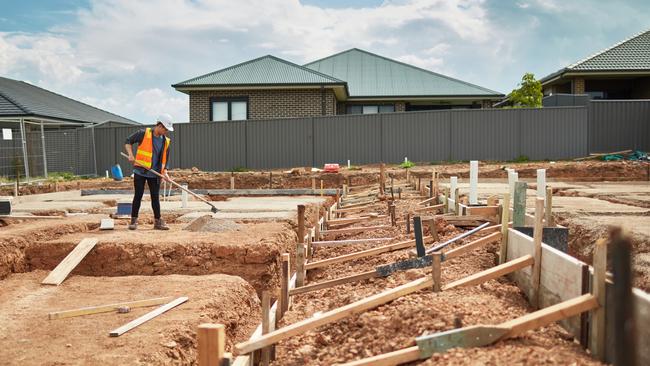
Fletcher Building is believed to be assessing a joint venture project involving its $1bn land bank in New Zealand that could result in it netting proceeds of $500m and averting an equity raising.
The news comes after a profit downgrade on Monday linked to Fletcher Building’s Golden Bay Cement operations sent its shares down 6 per cent to $2.83, with its market value at $2.35bn, compounding fears it will need to raise capital. Its shares were trading at about $5 at the start of the year. However, DataRoom understands that further asset sales, in which it offloads half of its landbank to a developer in a joint venture play, may be afoot.
The net debt of Fletcher Building was forecast for June to be about $1.7bn-$1.8bn, prompting the group to amend its debt covenants with its banks, which are said to be supportive of the company.
Fletcher Building may launch a competitive process to offload its land, but if developers are not keen amid a declining New Zealand housing market, the Chris Luxon-led government might come to the table.
Fletcher Building traditionally has worked closely with the government on projects, and one option is that the company could develop more homes for the government social housing agency, known as Kainga Ora, in a move that could alleviate the country’s housing shortage, due to high immigration levels, and stimulate the economy.
Kainga Ora is chaired by Simon Mouttar, the former boss of telecommunications company Spark and CBA director.
Fletcher Building has also been working to sell its Australian-based $100m-plus plumbing supplies business Tradelink through Miles Advisory.
DataRoom understands that Allegro Funds, Anchorage Capital Partners and the US’s Pacific Avenue Capital Partners are all out of the sale process, but it is still progressing well with suitors being Metals Manufacturers and Mesh & Bar and an outcome will be announced in the second quarter of the 2025 financial year.
Meanwhile, some believe there is more than meets the eye in the recent appointment of Tony Dragicevich as a director.
He comes highly regarded by investors after his success running aluminium extrusion manufacturing business Capral, although the Australian-listed company is small, with a $156m market value, and he previously ran paint company Wattyl before it was acquired in 2010 by US paint company The Valspar Corporation for $142m.
One theory is that Mr Dragicevich, a New Zealander, will bring forward his retirement at Capral that was scheduled for late next year, and will eventually emerge as Fletcher Building chairman.
He comes with a reputation as a turnaround operator, but it will be a big assignment for Mr Dragicevich, given Fletcher is a highly complex, multibillion-dollar company with at least 25 different businesses.
Meanwhile, the former Swiss Holcim executive and acting chief executive, Nick Traber, is tipped to be in pole position to be announced as the new boss of the Australian and New Zealand-listed building materials group.
On Monday, Fletcher Building said its Golden Bay cement business was experiencing operational issues with the marine vessel Aotearoa Chief, which is owned and operated by a third-party provider and transports cement around the North Island from Golden Bay’s Portland manufacturing facility.
Due to a mechanical issue, the vessel is being repaired and as a result, earnings would be affected by between $NZ10m and $NZ30m ($9m-$27m) in the 2025 financial year.
Fletcher Building, which counts Allan Gray as an investor with 14.1 per cent, has suffered losses, profit downgrades and cost blowouts on construction projects amid a tough market. Various directors and members of senior management have left, including its chief executive and chairman.




To join the conversation, please log in. Don't have an account? Register
Join the conversation, you are commenting as Logout